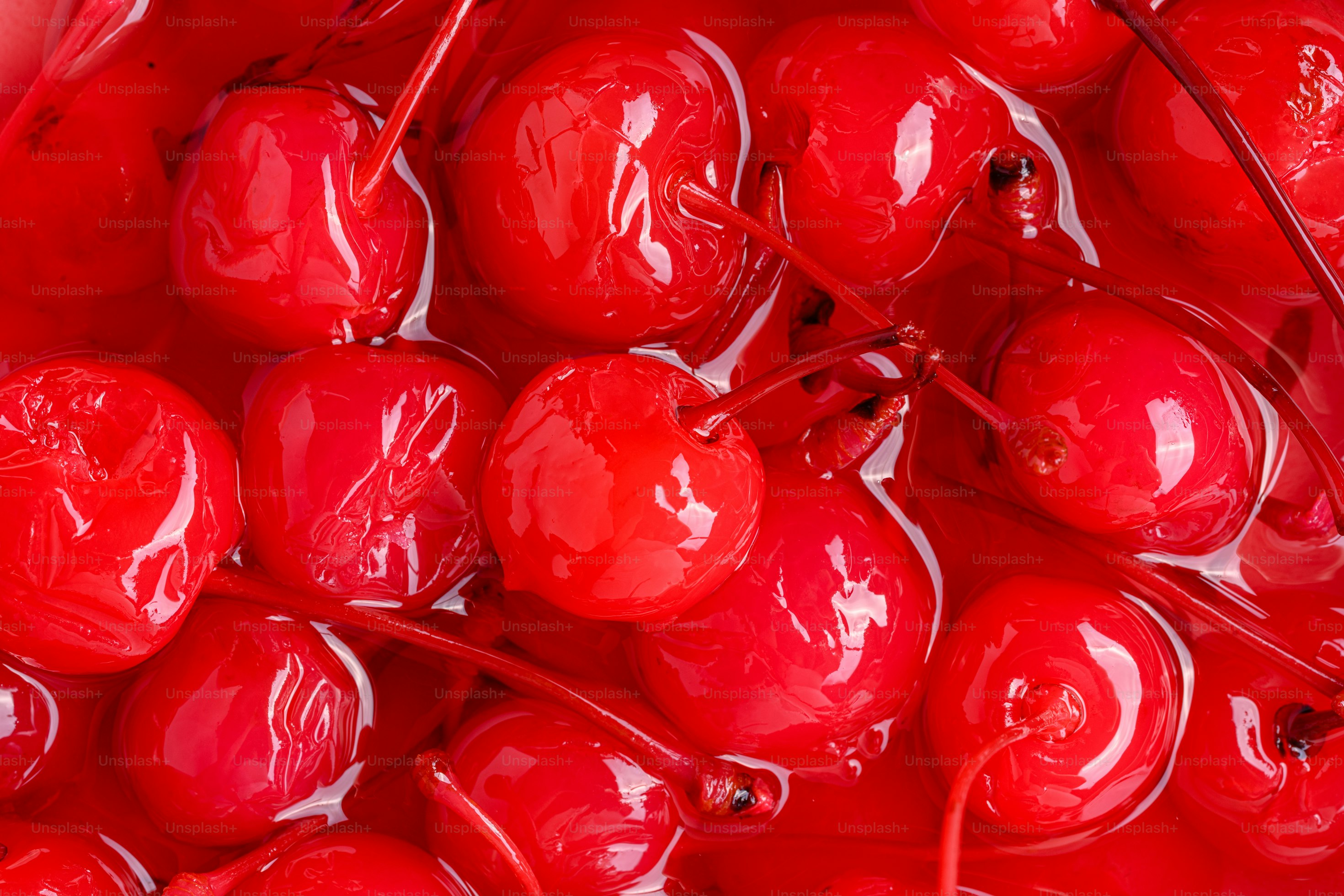FDA Revokes Red No.3 in Food and Ingested Drugs
Janhavi Punyarthi, PharmD
1-min

What is Red Dye 3?
Red Dye 3, also known as FD&C Red No. 3 or erythrosine, is a synthetic food dye widely used to add a bright red color to various products. Approved in the United States in 1969, it became common in:
- Candies and baked goods
- Frozen desserts
- Beverages
- Pharmaceuticals, such as cough syrups and coated pills
Despite its popularity, concerns about its safety have led to increasing regulatory scrutiny and eventual restrictions on its use.¹
What Risks Are Associated with Red Dye 3?
The decision to ban Red Dye 3 stems from evidence of its carcinogenic potential in animal studies, particularly from research conducted in the 1980s. In one study, 70 male rats were fed diets containing doses of Red Dye No. 3 that amounted to 4% of their total diet over their lifetimes. Of these rats, 15 developed thyroid tumors, most of which were benign. The amount of dye consumed in this study was equivalent to a human eating 724,700 cans of fruit cocktail with colored cherries every year for life. As one scientist remarked, "The rats were given so much red dye they were turning red."²
Although the mechanism identified in rats may not directly apply to humans, U.S. law prohibits the use of additives shown to cause cancer in animals. Given these findings, the FDA has mandated the removal of Red Dye 3 from food and ingested drugs by January 2027 and January 2028, respectively.¹
In addition to carcinogenicity concerns, synthetic food dyes, including Red Dye 3, have been associated with hypersensitivity reactions. FD&C Yellow No. 5, a similar dye, has been shown to cause itching and hives in some individuals, suggesting that Red Dye 3 could have similar effects.³
Red No. 3 has already been banned in cosmetics by the FDA 35 years ago. In October 2023, California also took action by banning the additive in food products. Furthermore, Red Dye 3 is restricted in several countries outside the U.S., including Australia, New Zealand, and the European Union, where it has been banned since 1994.
What Does the Data Say About Food Dyes and Clinical Impact?
Neurobehavioral and Developmental Effects
A review by the California Office of Environmental Health Hazard Assessment (OEHHA) evaluated synthetic food dyes, including Red Dye 3, for their potential impact on behavior in children.
- 27 clinical trials were reviewed, including 25 challenge studies using randomized, double-blind, cross-over designs.
- 64% of the studies (16 out of 25) found evidence of a link between synthetic dye exposure and adverse behavioral outcomes.
- 52% (13 out of 25) reported statistically significant associations.⁴
Animal studies corroborate these findings, showing that synthetic dyes can affect behavior.⁴ Notably, the FDA’s acceptable daily intakes (ADIs) for synthetic dyes are based on outdated studies that did not assess behavioral impacts, particularly in children.⁵
Red Dye 3 Toxicity Studies in Rats
Two experiments evaluated Red Dye 3 for developmental and behavioral effects:
- Diets containing 0.25%, 0.5%, or 1.0% Red Dye 3 were fed to pregnant rats, and their offspring were monitored. No consistent, detrimental effects on offspring development or behavior were noticed.
- One study found increased preweaning mortality, though this result was not replicated in a second study.²
- No consistent dose-dependent effects on behavior were observed.²
Conclusion
The banning of Red Dye 3 highlights growing evidence of its health risks. Animal studies linking the dye to thyroid tumors and systematic reviews showing behavioral impacts in children raise significant safety concerns.¹²⁴ Current FDA guidelines rely on outdated studies, failing to account for potential neurobehavioral effects.
References
1. Grady D. FDA moves to ban red dye no. 3 over cancer concerns. The New York Times. January 15, 2025. https://www.nytimes.com/2025/01/15/health/fda-red-dye-3-cancer-rats.html
2. Collins TF, Black TN, Brown LH, Bulhack P. A study of the teratogenic potential of FD&C red no. 3 in rats. Archives of Toxicology. 1980;45(3-4):205-211. doi:10.1007/BF00294991
3. U.S. Food and Drug Administration. Food allergies. Updated 2023. https://www.fda.gov/food/nutrition-food-labeling-and-critical-foods/food-allergies#:~:text=Some%20individuals%20may%20have%20hypersensitivity,and%20hives%20in%20some%20people
4. Daniel GM, et al. Synthetic food dyes and neurobehavioral outcomes in children: a systematic review. Environmental Health. 2022;21(1):53. doi:10.1186/s12940-022-00849-9
5. U.S. Food and Drug Administration. FDA to revoke authorization for use of Red No. 3 in food and ingested drugs. Updated 2025. https://www.fda.gov/food/hfp-constituent-updates/fda-revoke-authorization-use-red-no-3-food-and-ingested-drugs
6. Citing law, FDA bans many uses of Red Dye No. 3. The Washington Post. January 30, 1990. https://www.washingtonpost.com/archive/politics/1990/01/30/citing-law-fda-bans-many-uses-of-red-dye-no-3/269bcec2-22e4-4baf-85d3-de16b73761f9/
Share